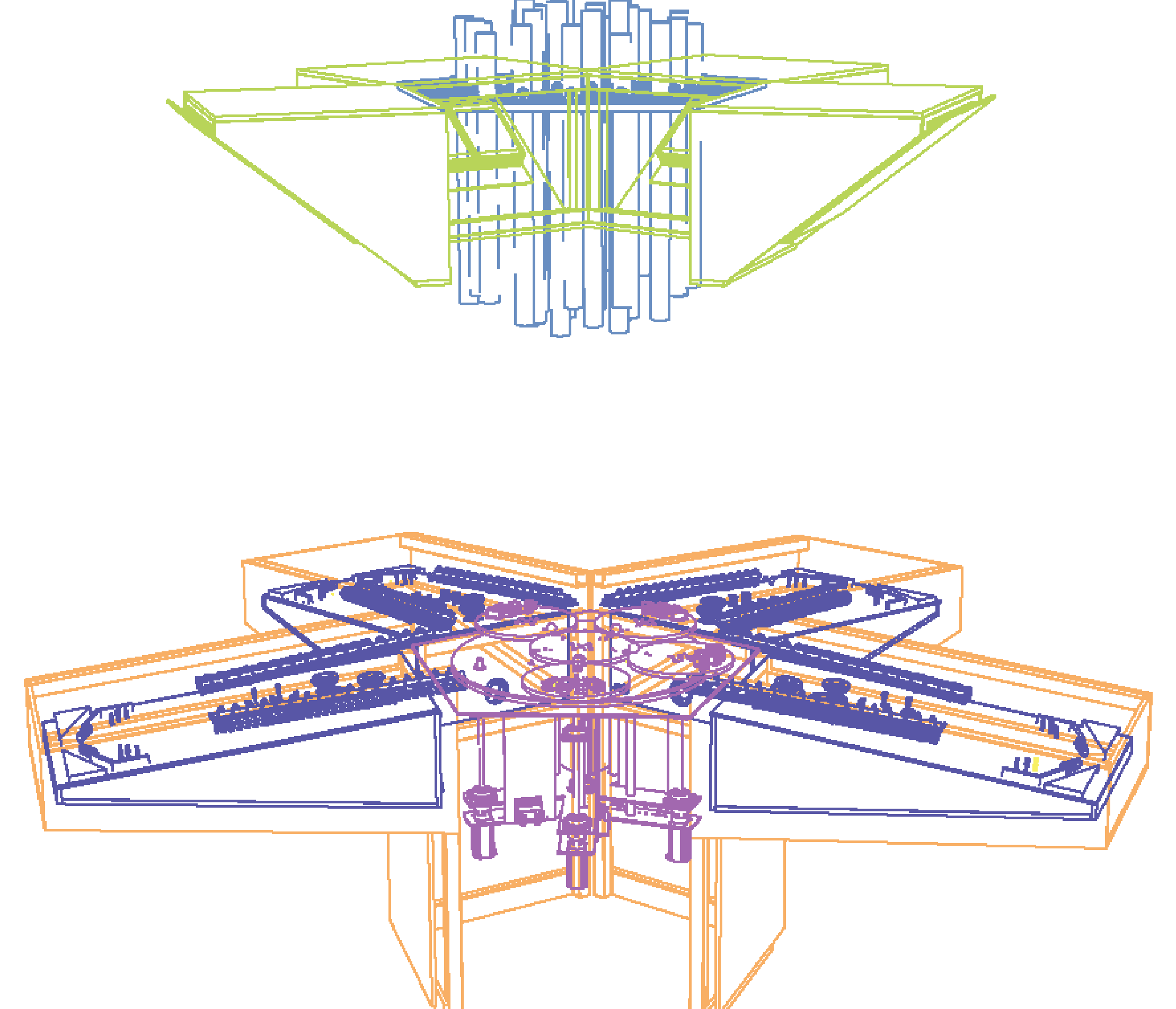“Like a math-rock musical version of 2001: A Space Odyssey directed by David Bowie and cocaine”
— official description for clients
Dual Coincidence is a multiplayer electromechanical game that immerses visitors in the dynamics of barter and money. It is an art commission for Museo Banco de Mexico (The Museum of the Central Bank of México).
The economic concept called Double Coincidence of Wants describes the fundamental requirement of a barter system where two individuals must each possess what the other desires, and want what the other possesses, for a direct exchange to occur.
This game puts players inside of the economic process by requiring them
to balance production and trade.
This highly computational game incorporates 17 computers (running about 12,000 lines of code), six servo motors, 10 optical sensors, 12 rotary encoders, 35 inductive sensors, 75 switches, 115 solenoid actuators and 704 channels of lighting.

Early Sketch of Dual Coincidence
INSPIRATIONS
Dual Coincidence is a profoundly physical game.
The music comes from hand-tuned aluminum chimes.
The displays are made from layers of edge-lit acrylic.
And the game itself thunders and shakes with kinetic energy.
It is neither futuristic nor retrofuturistic.
Its aesthetic comes from the present moment in a parallel universe.
Here are some of its aesthetic inspirations.

Metropolis II (2010) by Chris Burden
Interface from 2001: A Space Odyssey

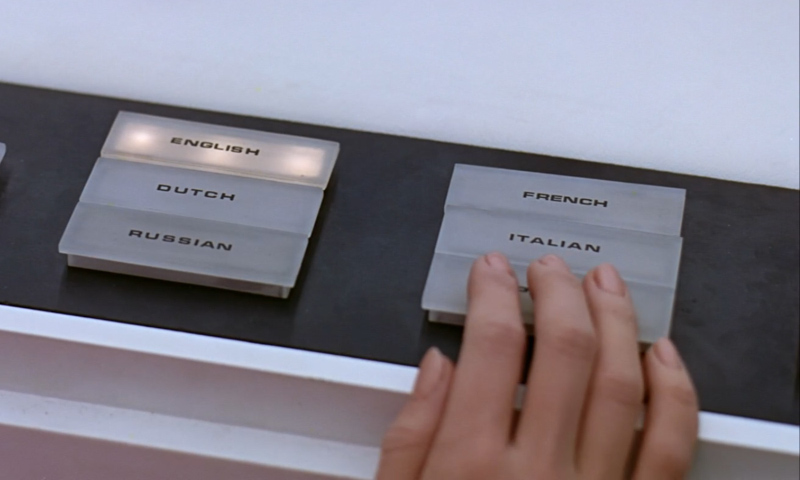
Interface from 2001: A Space Odyssey
Interface from 2001: A Space Odyssey

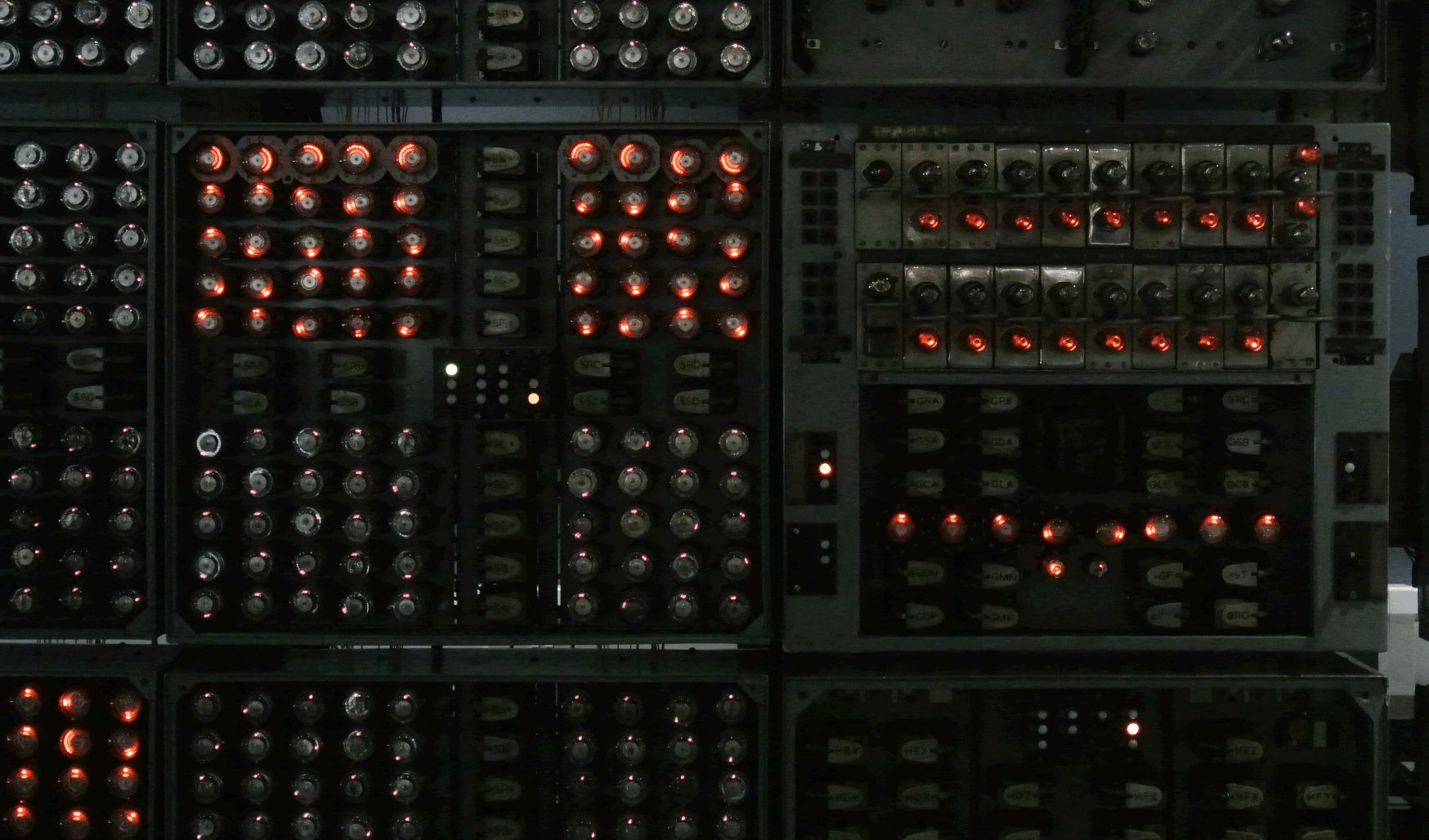
Harwell WITCH Computer (1951)
THE STAR TABLE

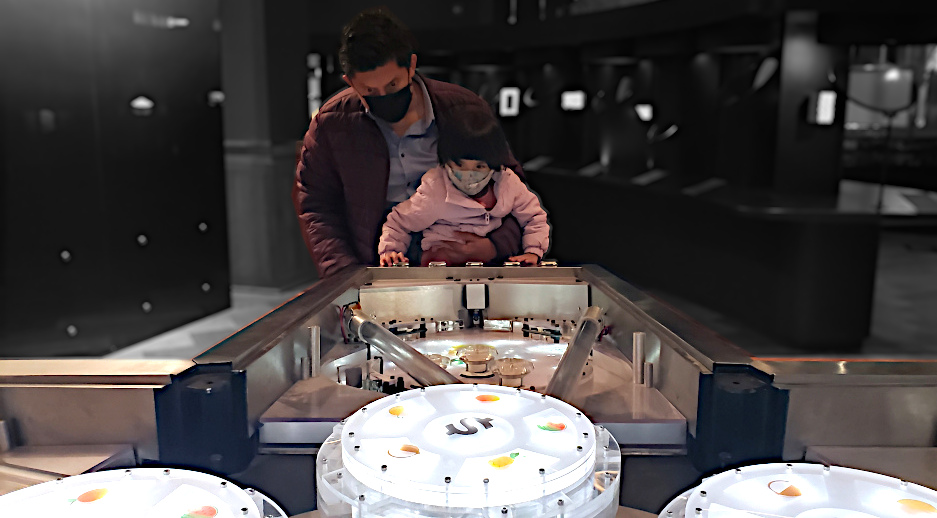
AC Studio projects often start with full-sized cardboard mockups. They can usually be made in a day or two. They answer questions we have and questions we have not yet thought to ask.
It's wonderful to make discoveries early with an afternoon of work a bunch of leftover boxes.
The following iterations were built of wood and then steel.
AC Studio worked with ArDiMu in CDMX to CAD and fabricate the final steel and glass structure. ArDiMu contributed many practical solutions and delivered beautiful and precise work.
testing body fit and sight lines with cardboard maquette

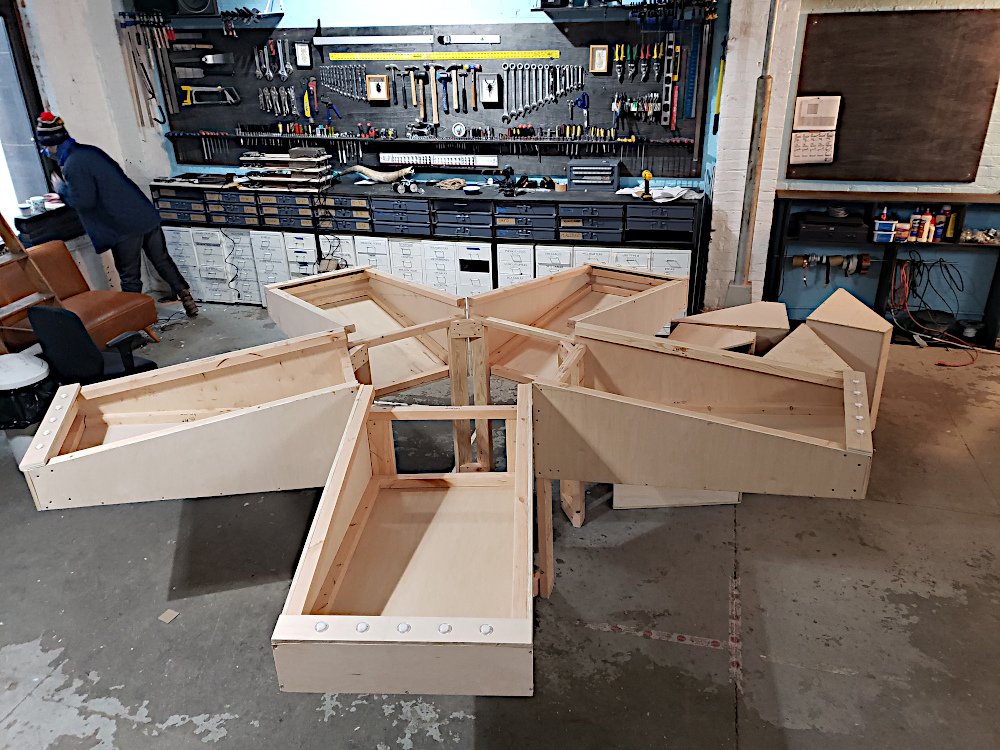
Assembling the plywood prototype
Designing the final steel and glass structure

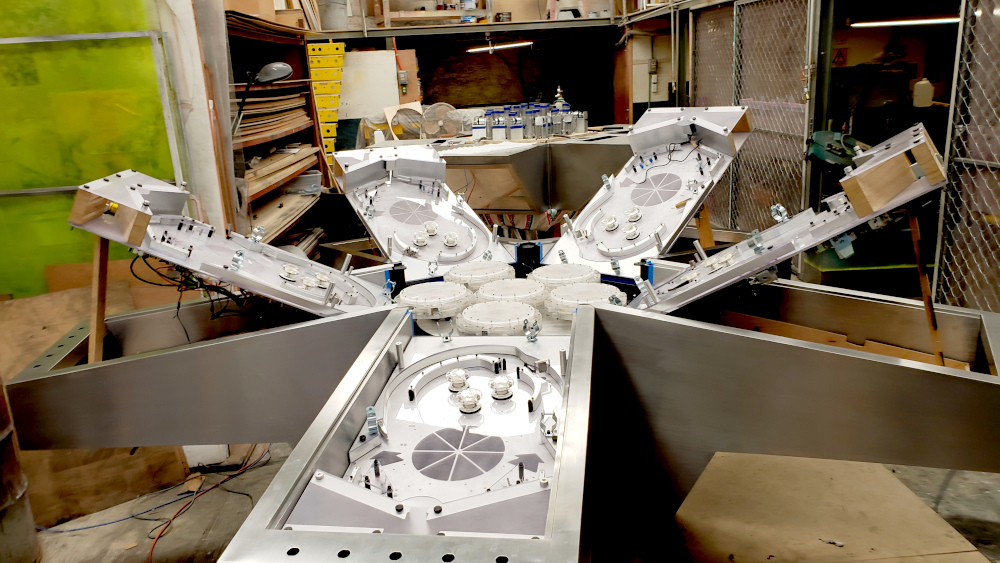
The final structure, assembled in CDMX
THE PLAYFIELDS
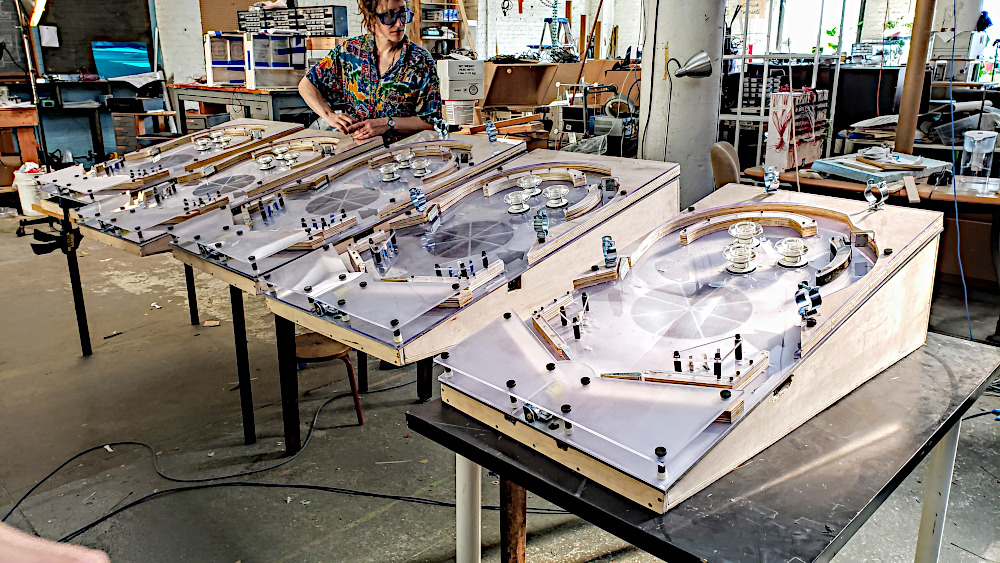
Yvette assembling the mechanical parts of the playfields
Traditional pinball playfields are surprisingly complex and nuanced. A good design must consider not just every action and reaction but also sequences and their narrative arcs.
I entered this process with humility, hoping to create a passable playfield in the
stampeding crush of our schedule.
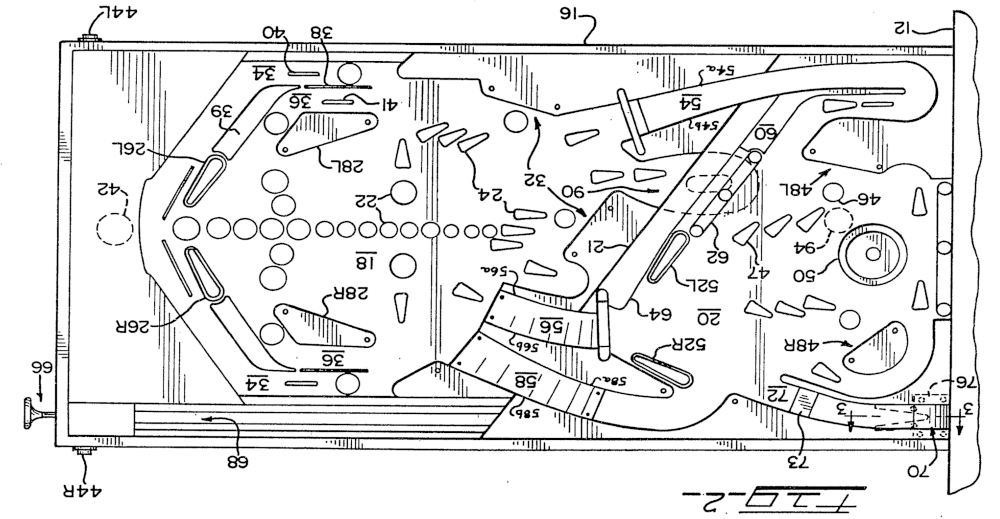
Vintage game designs for research
gameplay diagram

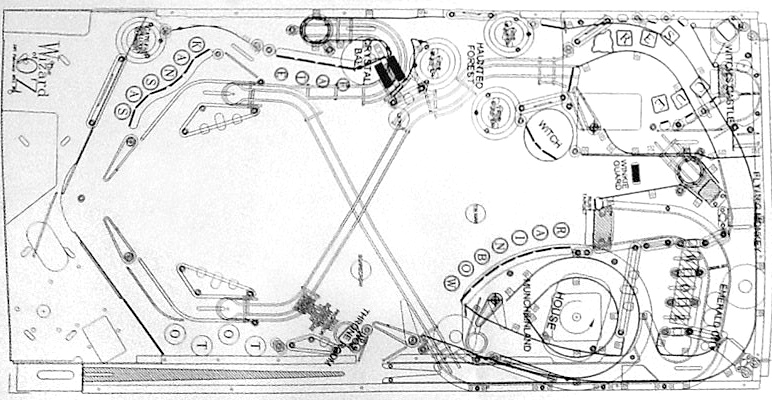
Vintage game designs for research
PLAYFIELD ONE
When I don't know what I'm doing, I build a prototype right away.
Our first prototype was strictly a learning experience.
How to mount the high-powered components. The wiring. The angles and materials. The flow of the ball.
It featured rubber bands, bobbins, bent coathanger wires, and wood screws.

Building on top of pencil geometry
My blackboard sketch of the playfield and its angles.

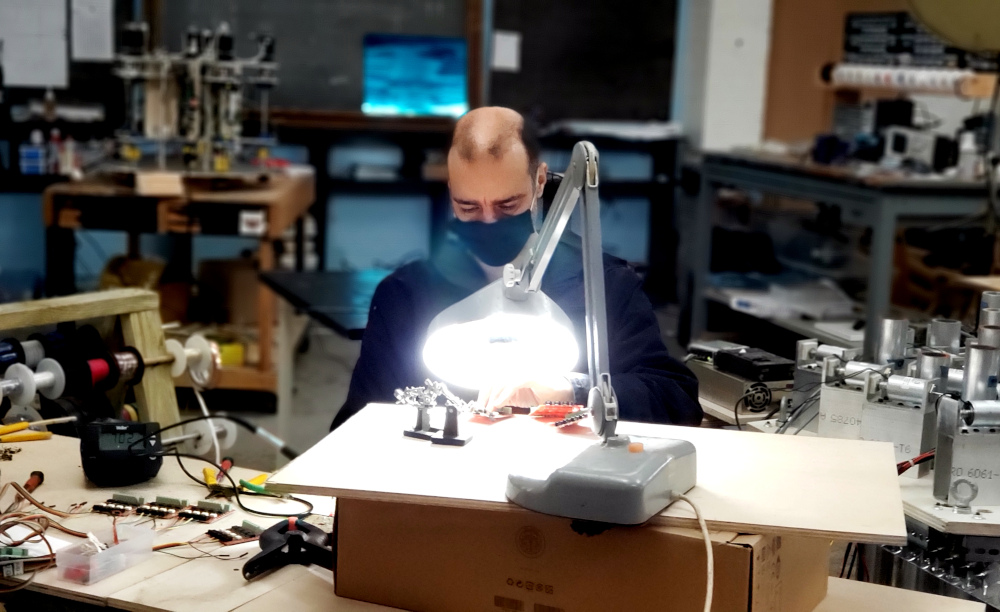
Noah Vawter soldering the components
PLAYFIELD TWO
Drawing the geometry

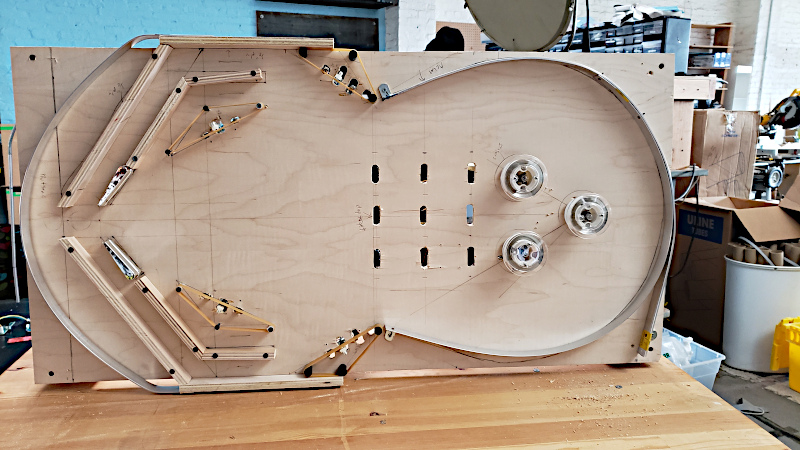
A slightly cleaner assembly process
Our second prototype was playable!
It taught us a lot about what makes a playfield not play well.
But a good prototype points the way forward.
It answers the questions we have not yet thought to ask.
The nine drop targets in the center of the field might represent a field of corn. We found there were many ways for the balls to get stuck among the targets.
The first play test!
PLAYFIELD THREE
Transferring the CAD drawing
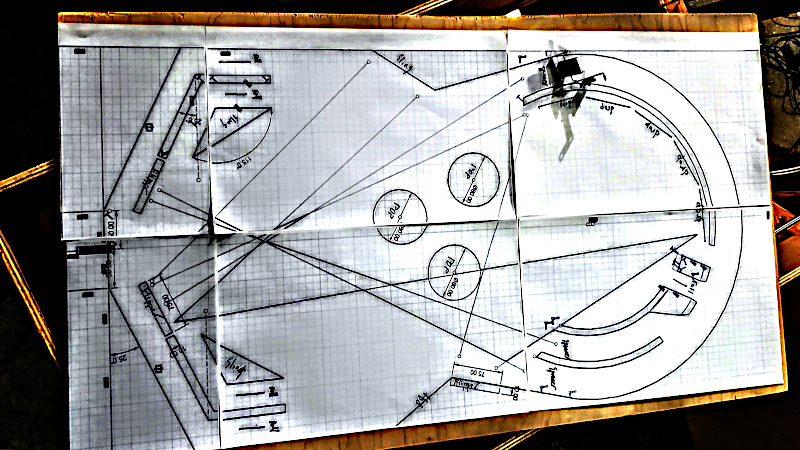

programming and soldering the components
Our next iteration introduced the three flippers and three pop bumpers we see in the final design.
This time, we started in CAD and transferred the design to paper before cutting the playfield.
I continued to explore drop targets but without much satisfaction.

PLAYFIELD FOUR
This was the keeper. It played and flowed reasonably well. With another ten iterations, we could have kept improving.
But we were out of time. So this is the design that informed the final CAD model.
FINAL PLAYFIELD ITERATION
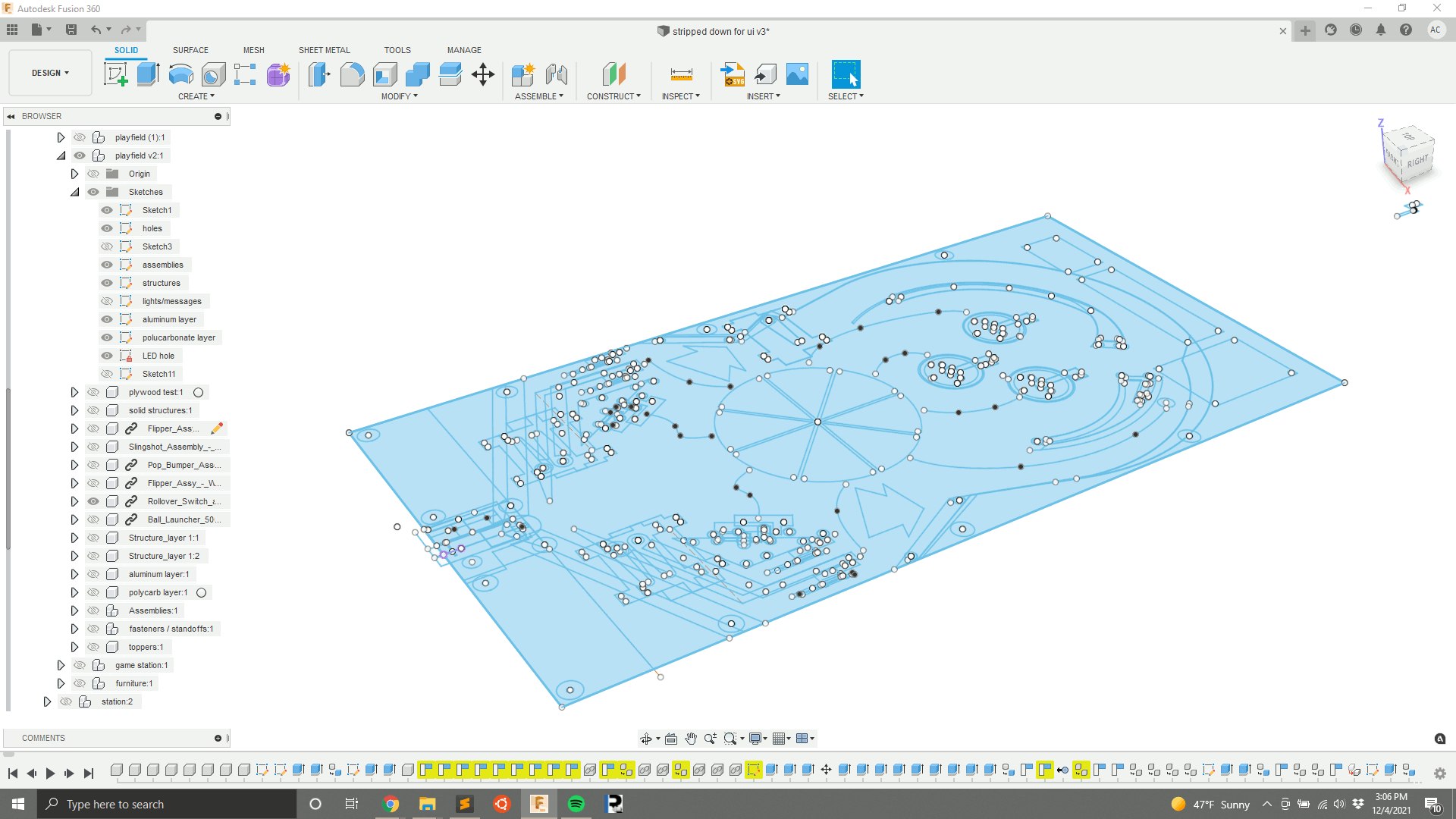
The many layers and parts of the final playfield
The final playfields are far more complex, precise, expensive, and labor-intensive. And we would not be able to play test them until after they were all finished.
We start with detailed CAD models that include layers of aluminum plate, polycarbonate, and wood and all of the components, fasteners, and wiring.
The playfield substrate is a 7mm plate of aluminum
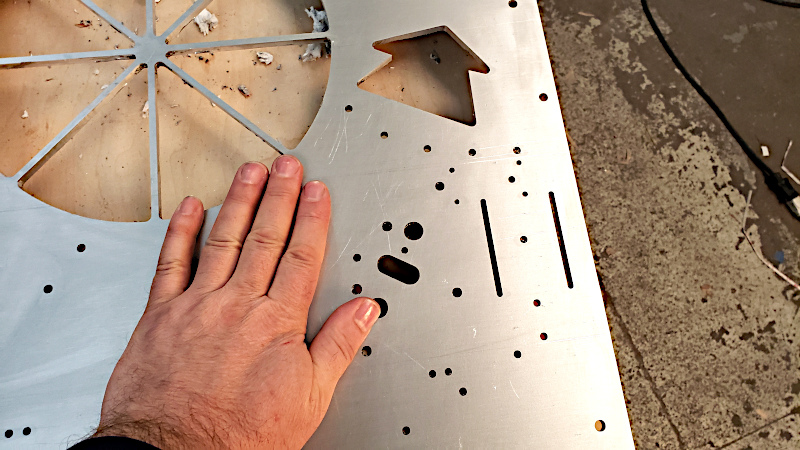
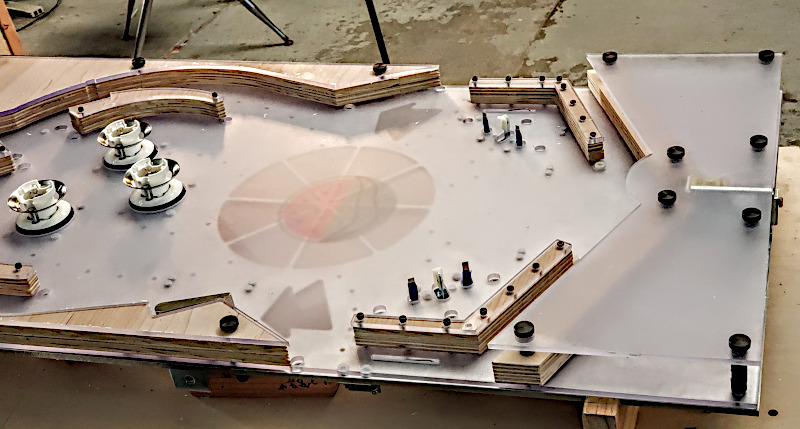
The 7mm polycarbonate layer on top of the aluminum
Wiring the 72 playfield lights
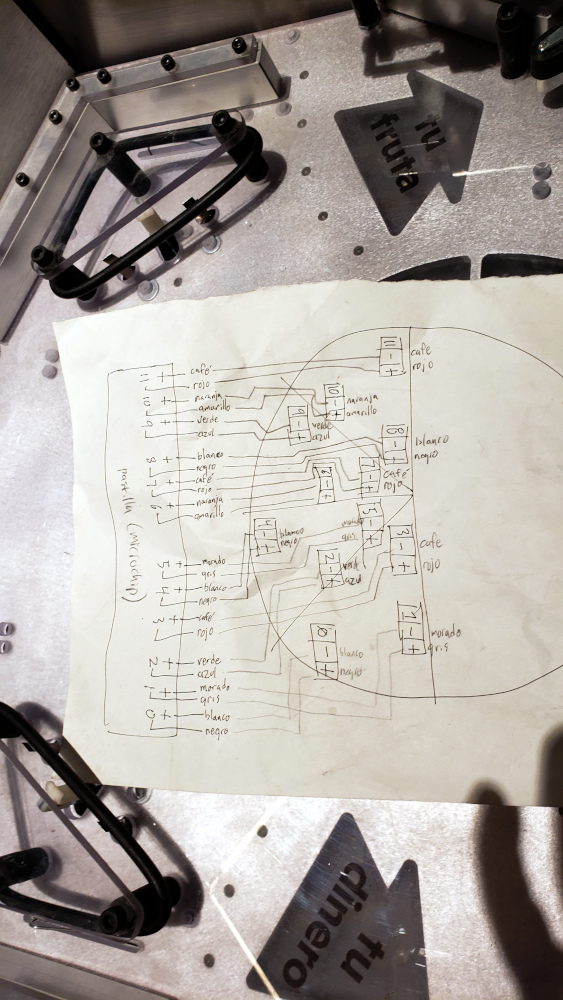
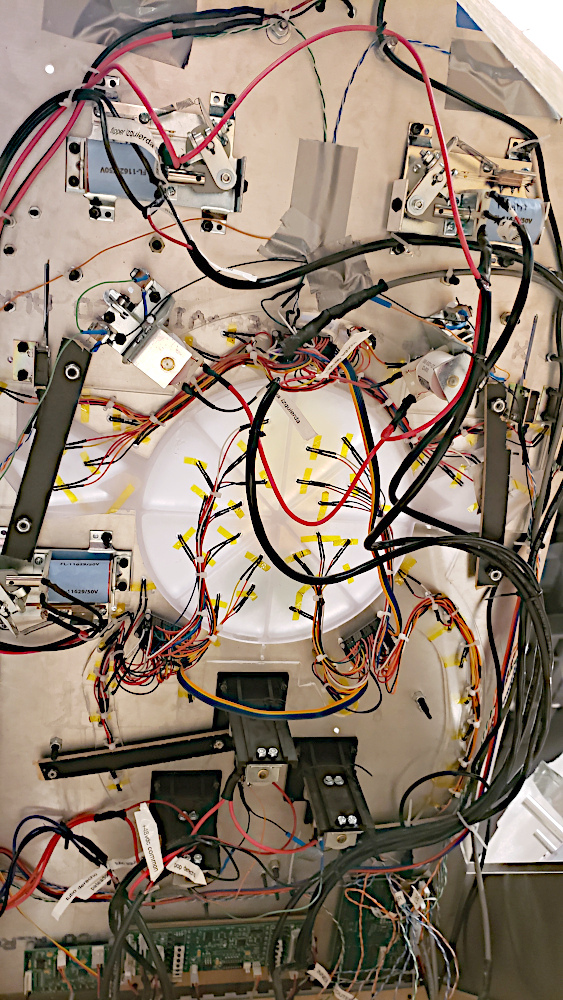
It's getting kinda hectic
Attraction mode
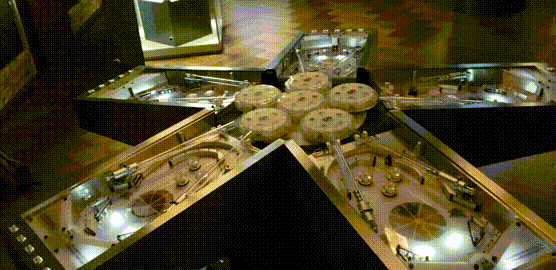
THE DISPLAYS
The Displays show the current phase of the game and each player's points.
The five displays use 175 channels of high-powered LED lighting to illuminate 175 alphanumeric panels.
The results are wondrous and lovely.
Clients visiting from CDMX to see the progress
Adding the numbers to the lightboxes
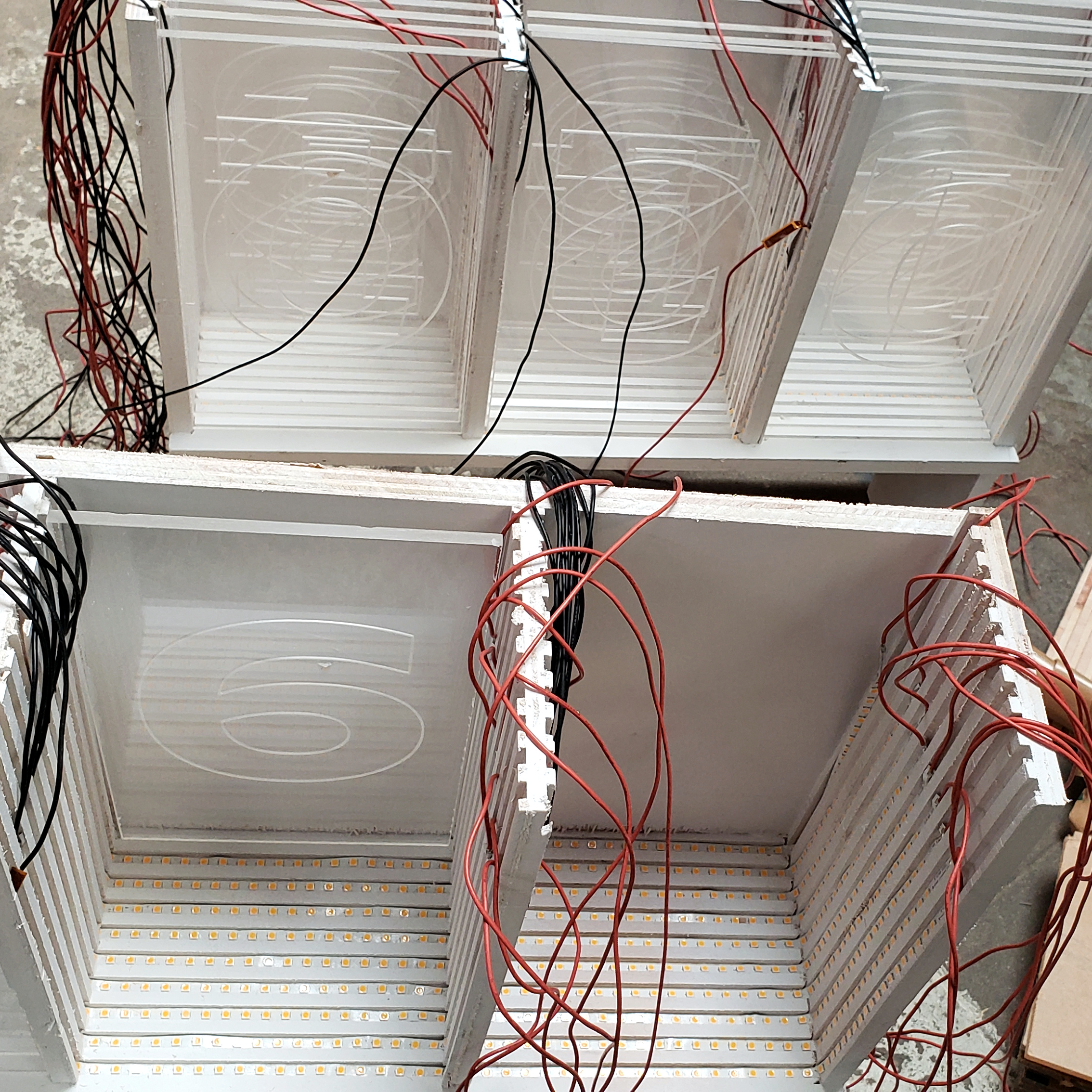
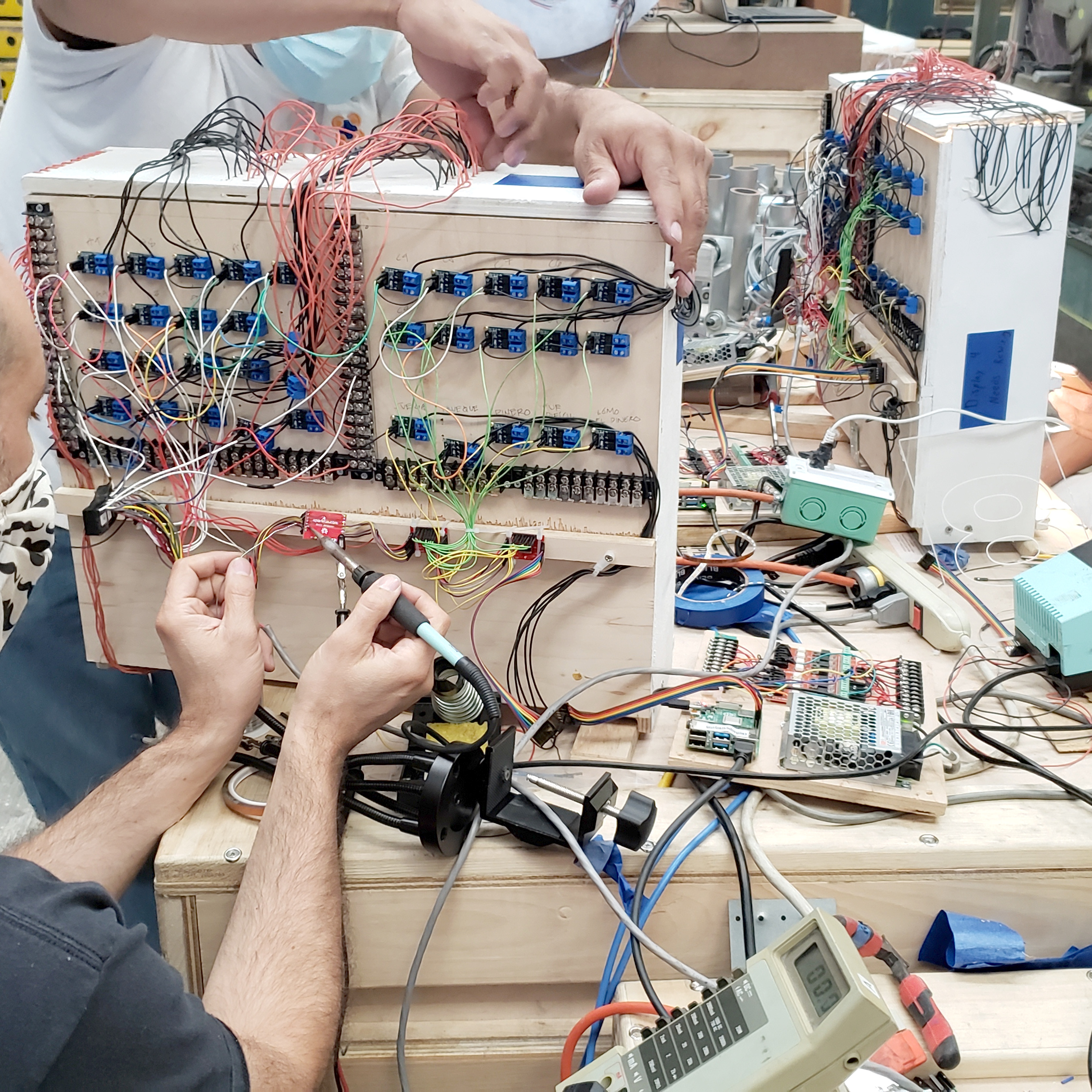
The first iteration of display wiring
Early sketch of the chimes inside the displays
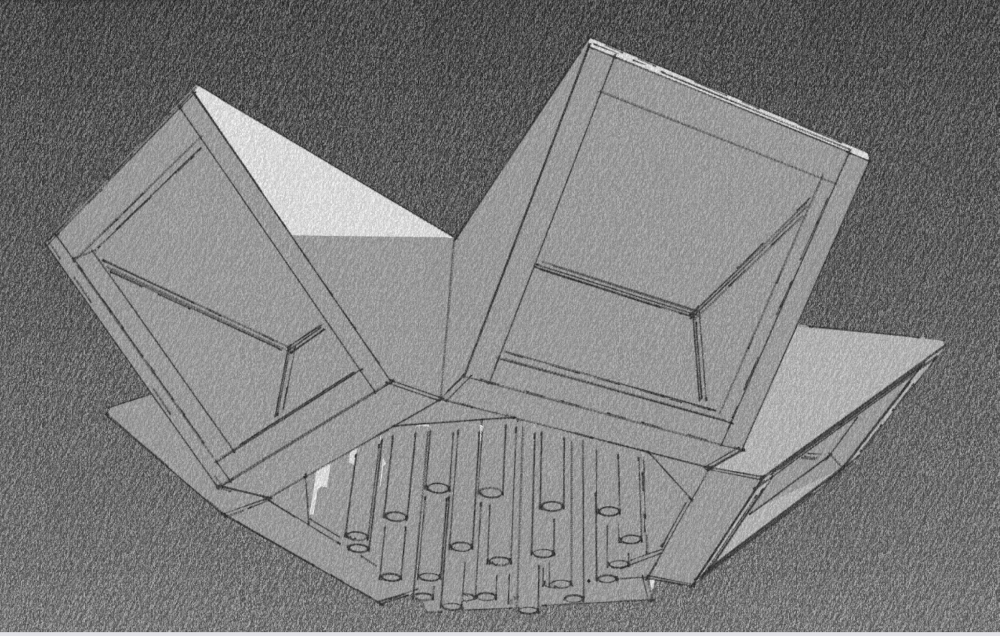
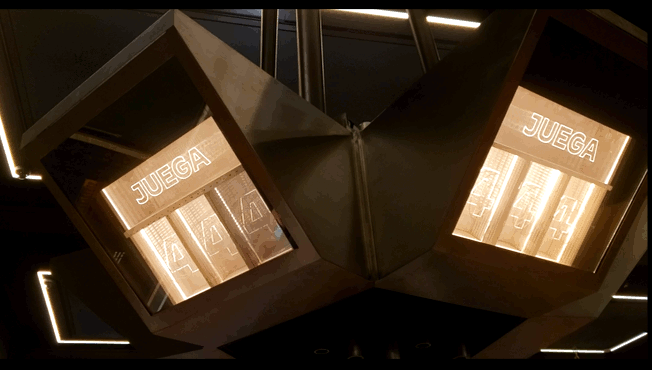
The final version installed in CDMX
THE CHIMES
The musical motifs and game sounds are produced by 25 tuned metal chimes. They hang overhead through the middle of the displays and are played by powerful solenoid actuators.

The pattern of the 25 chimes
Cutting the tubes by hand

The only pattern that could fit everything
Tuning the chimes by hand
Testing with a terrible dirge

Installed at Banxico
THE EXCHANGE MATRIX
A test of the ball inventory process
The exchange matrix is the most complex part of the game.
It transfers balls between the five games in a simulation of shared resources and a marketplace.
It includes the ten tubes that store and launch balls, the six rotating carousels, their 30 ball-pockets with sensors and solenoids, 144 channels of lighting, and thousands of lines of code distributed on twelve networked computers.
The exchange pattern between the five players

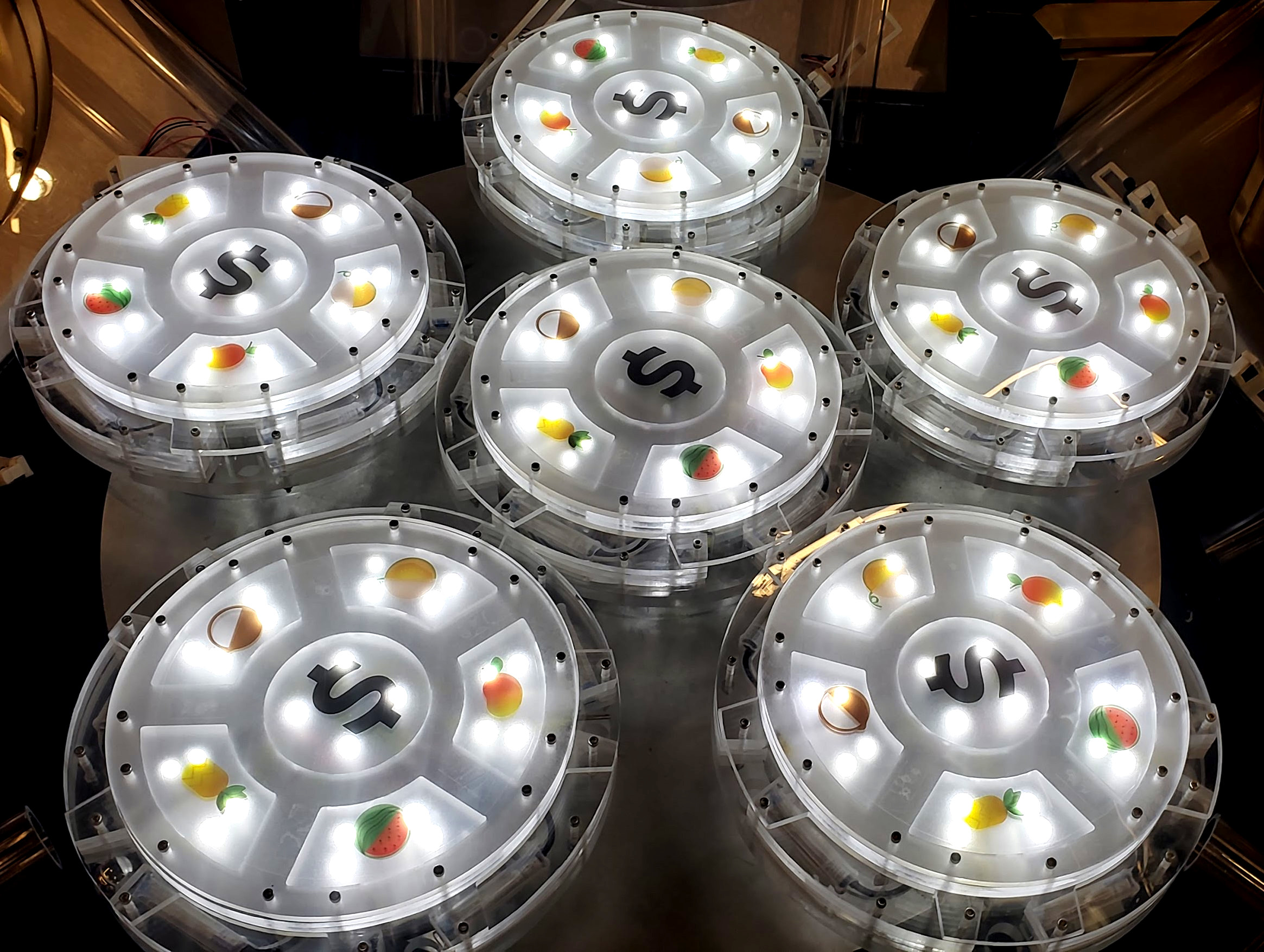
The carousels with all lights on
The control system beneath the surface

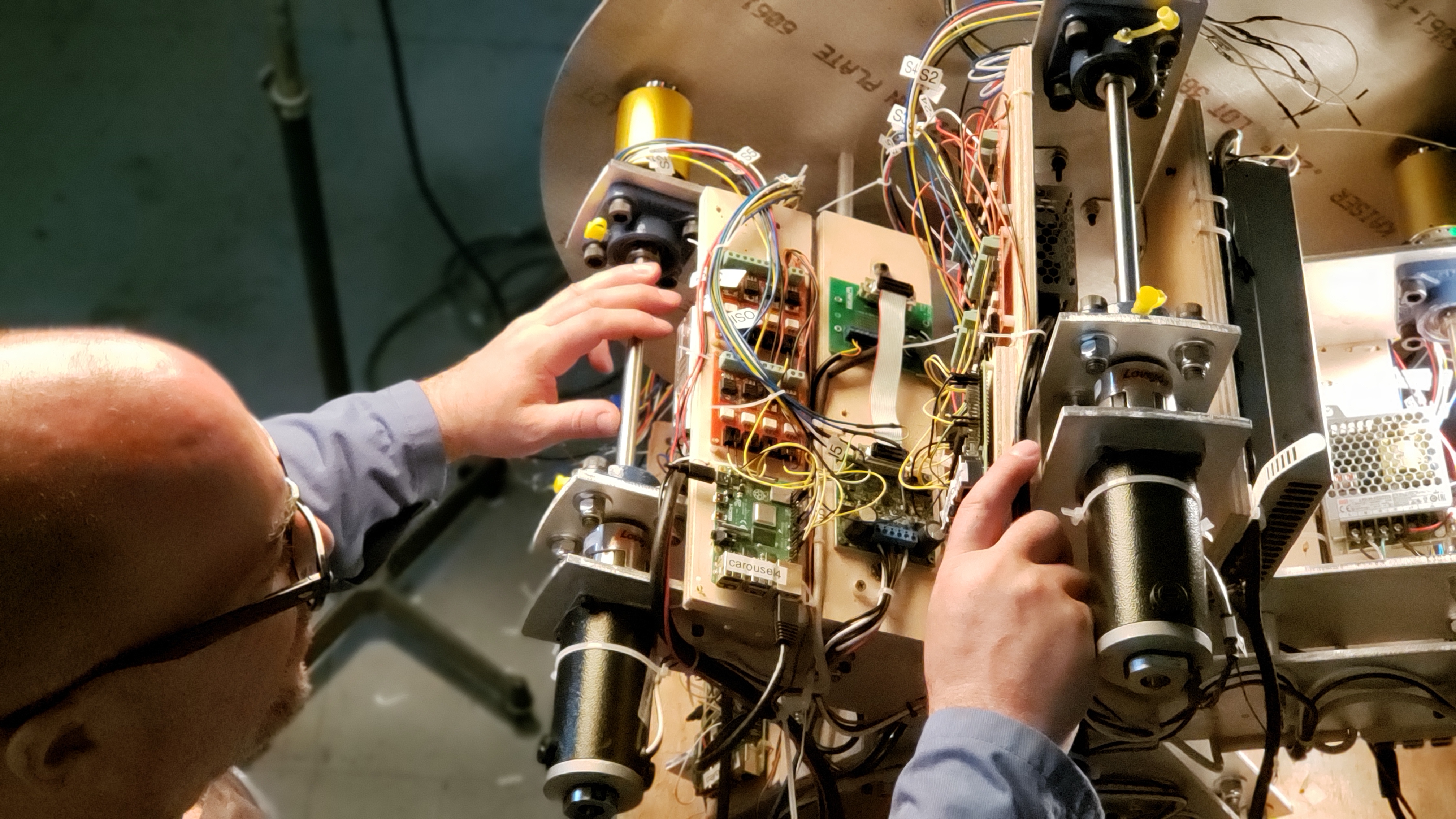
late night engineering
Carousel CAD model showing sensor, actuator, and lights
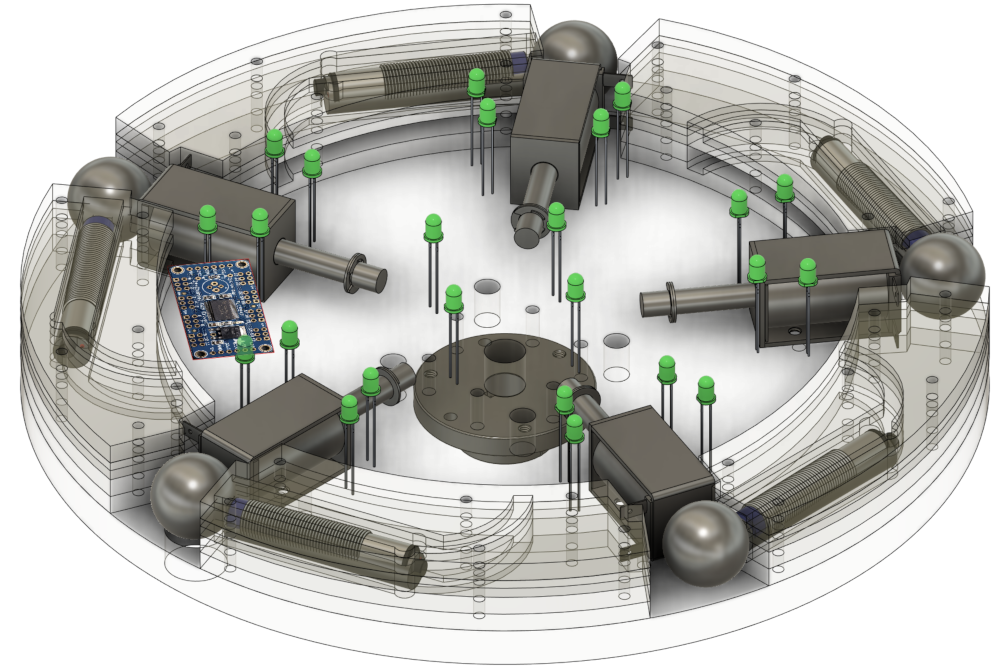
Carousel test
Alison assisting at 3AM
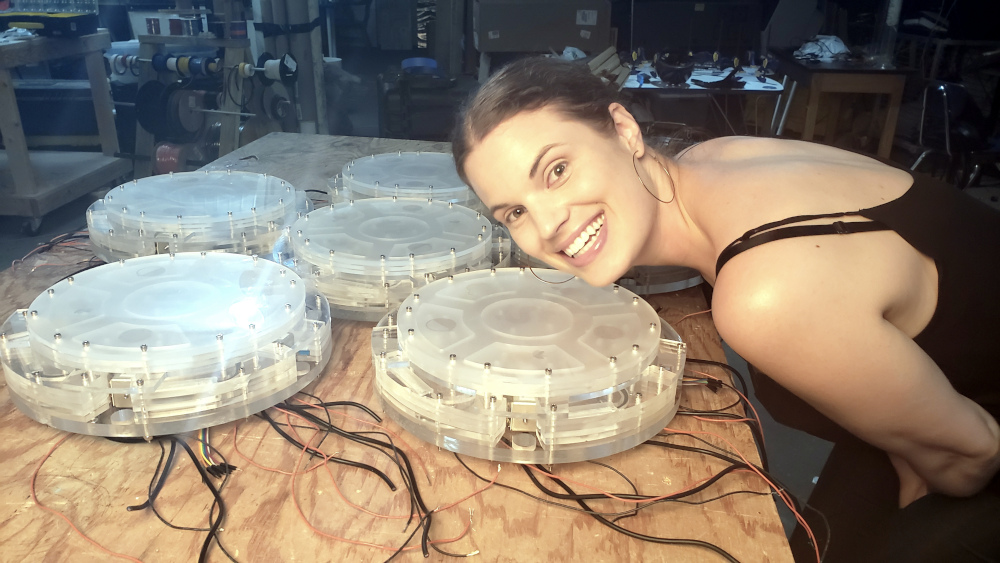

Pinball surgery
Preparing to ship the exchange matrix to CDMX
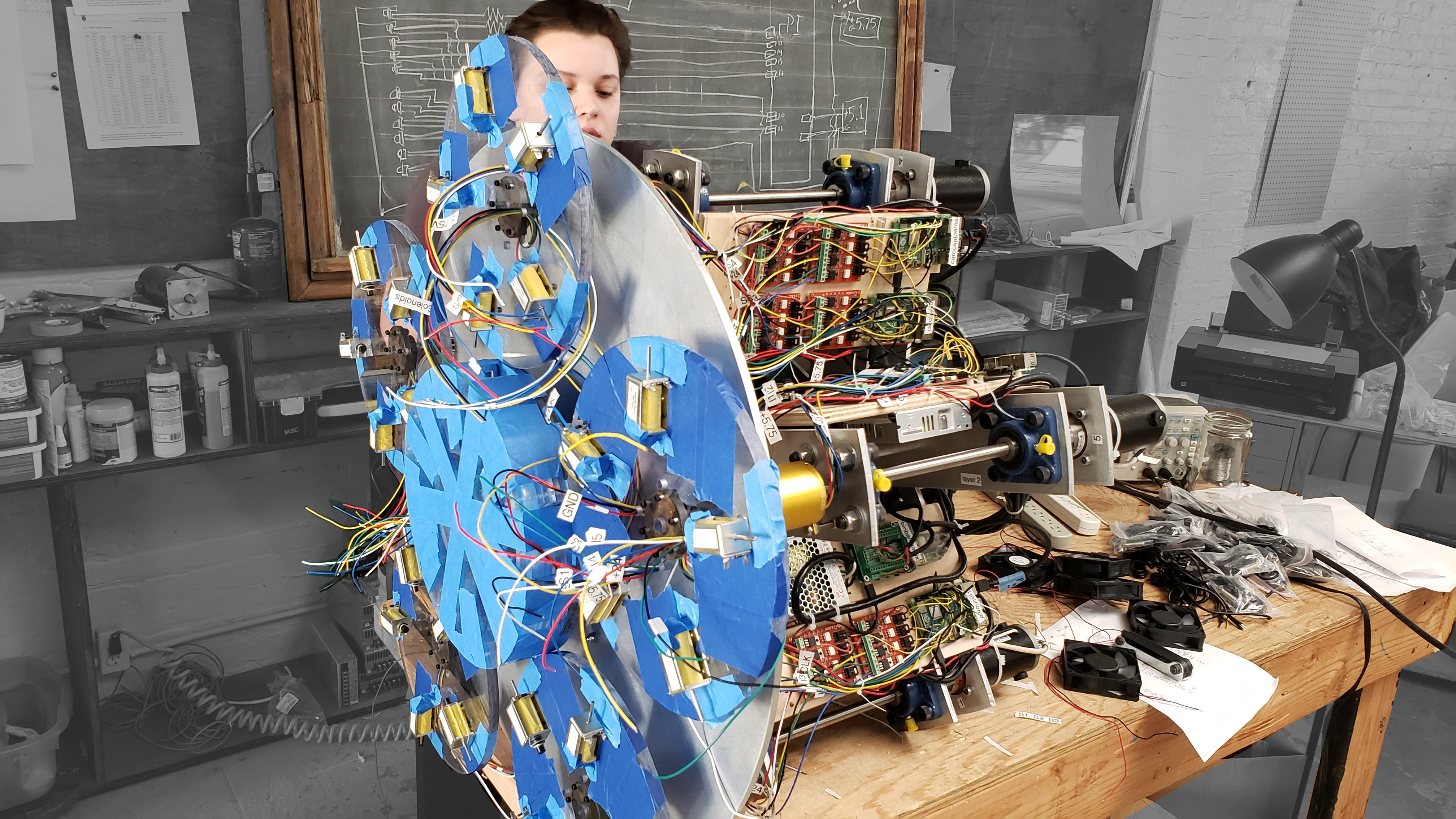
THE SOFTWARE
The soul of Dual Coincidence is about 12,000 lines of Python code running on 17
computers connected by Ethernet.
These manage the six servo motors, 10 optical sensors, 12 rotary encoders, 35 inductive sensors, 75 switches, 115 solenoid actuators and 704 channels of lighting.
The diagnostic and real-time interaction interface is a generative SVG display layer created and controlled from within by about 6000 lines of raw JavaScript.
It is inspired by the aesthetics of classic sci-fi interfaces from Alien and 2001: A Space Odyssey.

